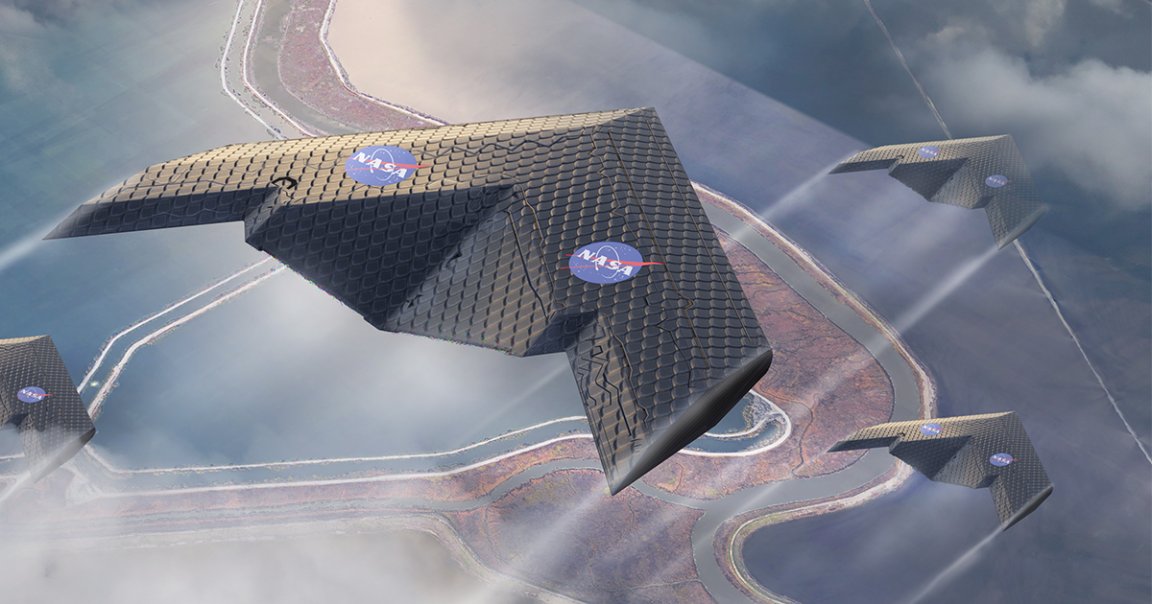
Flying Light
A team from NASA and MIT has created a new type of airplane wing — and it could make air travel far more efficient.
In a paper published in the journal Smart Materials and Structures on Monday, the researchers describe how they built an airplane wing from hundreds of identical, lightweight cube-like structures, all bolted together and then covered with a thin polymer material.
The design allows the wing to change shape automatically, adjusting itself to whatever configuration is optimal for the current phase of flight — with one configuration for take-off, for example, and another for landing.
Bigger and Better
The wing the researchers created and tested for the new paper is about the same size as what you’d find on a single-seater plane, according to MIT News, but they’d already demonstrated their design’s feasibility with a smaller wing several years ago.
Not only does this new wing show that the concept scales up to a size that could carry a person, but it also demonstrates a new manufacturing process that cuts the time needed to produce each individual structure down from several minutes to just 17 seconds.
“The research shows promise for reducing cost and increasing the performance for large, light weight, stiff structures,” Aurora Flight Sciences structures researcher Daniel Campbell, who wasn’t involved in the research, told MIT News. “Most promising near-term applications are structural applications for airships and space-based structures, such as antennas.”
READ MORE: MIT and NASA engineers demonstrate a new kind of airplane wing [MIT News]
More on airplane design: See a Mini Prototype of a Weird Plane With Connected Wings in Action